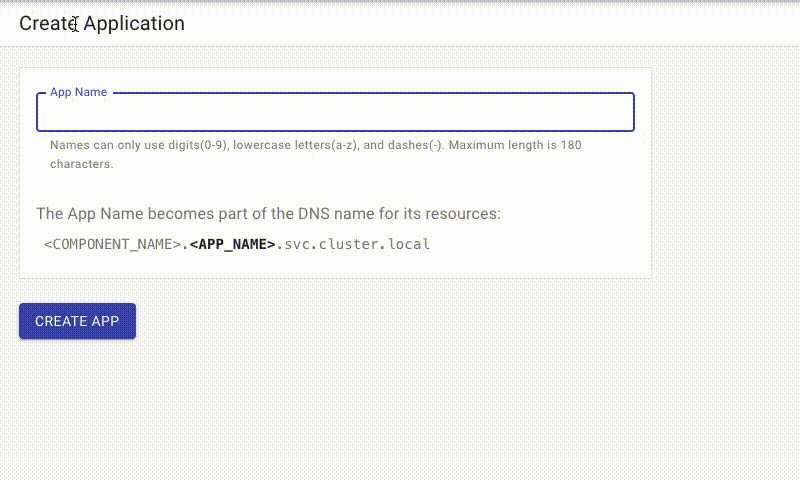https://github.com/kalmhq/kalm
Kalm | Kubernetes AppLication Manager
https://github.com/kalmhq/kalm
Last synced: 7 months ago
JSON representation
Kalm | Kubernetes AppLication Manager
- Host: GitHub
- URL: https://github.com/kalmhq/kalm
- Owner: kalmhq
- License: apache-2.0
- Created: 2020-07-14T02:58:04.000Z (over 5 years ago)
- Default Branch: main
- Last Pushed: 2022-05-13T20:14:27.000Z (over 3 years ago)
- Last Synced: 2024-08-02T01:25:30.116Z (over 1 year ago)
- Language: Go
- Homepage: https://kalm.dev
- Size: 11.9 MB
- Stars: 428
- Watchers: 9
- Forks: 27
- Open Issues: 14
-
Metadata Files:
- Readme: README.md
- License: LICENSE.txt
Awesome Lists containing this project
- awesome-repositories - kalmhq/kalm - Kalm | Kubernetes AppLication Manager (Go)
- awesome-hacking-lists - kalmhq/kalm - Kalm | Kubernetes AppLication Manager (Go)
README
# Kalm - Kubernetes Application Manager
[](https://circleci.com/gh/kalmhq/kalm) [](https://goreportcard.com/badge/github.com/kalmhq/kalm)
Kalm provides a web interface that makes it easy to perform common Kubernetes workflows, including:
- Creating and updating applications
- Scaling
- Handling external traffic
- Setting up probes for auto-healing
- Attaching and using Volumes
In addition, Kalm simplifies the processes for many common Kubernetes integration points:
- CI/CD webhooks
- Obtaining HTTPS Certificates (via Let's Encrypt)
- Setting up Single Sign On access for any application in your cluster
- Configuring private image registries
- Plugin log systems such as PLG(Loki) and ELK
[](https://www.youtube.com/watch?v=F5wuQaPQ50s&ab_channel=KalmHQ)
[overview video with voiceover](https://www.youtube.com/watch?v=F5wuQaPQ50s&ab_channel=KalmHQ)
Kalm is intended as an alternative to writing and maintaining scripts and internal tools. Since Kalm is implemented as a Kubernetes operator and a set of Custom Resource Definitions, it can be used alongside existing Kubernetes tooling. Kalm tries to minimize the amount of time you have to spend writing yaml files and executing one off kubectl commands, but doesn't prevent you from doing so if necessary.
## Project Status
Kalm is currently in Closed Beta.
- [x] Alpha
- [x] Closed Beta
- [ ] Open Beta, CRD schema frozen
- [ ] Public Release
## Installation
Kalm can be used with any Kubernetes cluster. For getting started on localhost, make sure `kubectl` is installed and a `minikube` cluster is created before hand.
If you already have access to an existing cluster via kubectl, deploy Kalm via:
```shell
# clone the repo
git clone https://github.com/kalmhq/kalm.git
cd kalm
# run the install script
./scripts/install-local-mode.sh
```
The whole process typically takes up to 5-10 minutes. Relax or check out the docs in the mean time.
Once the installation is complete, open a port to the web server.
```
kubectl port-forward -n kalm-system $(kubectl get pod -n kalm-system -l app=kalm -ojsonpath="{.items[0].metadata.name}") 3010:3010
```
Kalm should now be accessible at [http://localhost:3010](http://localhost:3010).
## Uninstall
It is safe to ignore errors for non-existent resources because they may have been deleted hierarchically.
```
# rm kalm-operator
kubectl delete --ignore-not-found=true -f kalm-install-operator.yaml
# rm kalm
kubectl delete --ignore-not-found=true -f kalm.yaml
```
## Docs & Guides
Detailed Documentation and Guides can be found at https://docs.kalm.dev
## License
[Apache License V2](LICENSE.txt)